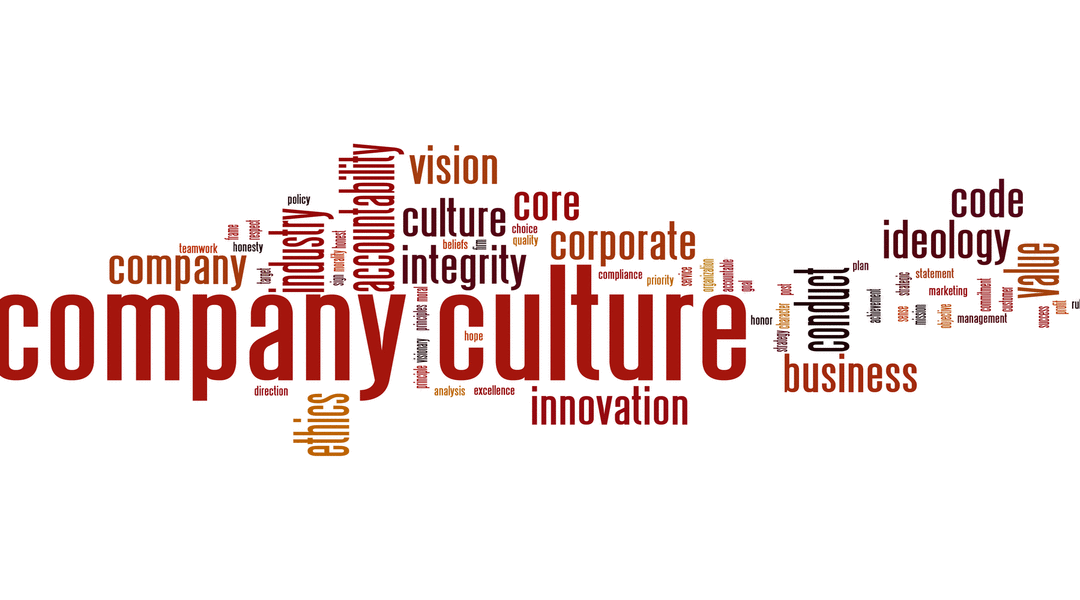In a highly competitive business environment, a company’s culture that is aligned to its business goals is more likely to keep their competitive edge and relevance to their customers, employees and shareholders.
A company’s culture is a dynamic, living entity. It changes naturally over time in an evolutionary manner. Business goals may shift due to market dynamics, change in customers buying behaviors, technology or innovation advancements and composition of talent.
More than ever, companies are being acquired, merged or split apart where divisions are spun-off to create more lucrative enterprises.
On top of it all, today’s business context also demands operational excellence, cost containment and foolproof execution.
When was the last time you “visited” your company culture? Chances are that your company’s business goals have changed or shifted, and your current company culture may not be aligned.
The first step is to assess the current state of the culture. For example:
- How would you define your company’s culture today?
- How do you think your customers view your company’s culture?
- Why do you think your employees choose to work at your company?
- If you could change one thing today about the company’s culture, what would that be?
- Identify the barriers to success. Using a combination of a Strength, Weakness, Opportunity and Threat (SWOT) analysis can help catalogue areas that need attention or are working well.
Once you feel you have a good handle on the current state, it may necessitate a change in your cultural strategy. Most importantly, the executive leadership team uniformly needs to buy into the needed change, be accountable to affect the change, and drive the agenda for the company forward.
Key Elements of Building a Cultural Strategy
- As a leadership team, discuss what “culture” means to the company’s success.
- Brainstorm where culture can create a business impact. (eg Customers determine the company’s success, building the right composition of talent, learn and adapt to win, empower and inspire each other, and deliver results in an uncertain world).
- Define and agree upon a new company cultural state that inspires employees at every level to drive the business forward, even in light of challenging times.
- Co-create a vision of this desired state, core beliefs, and leadership behaviors important to the company.
- Identify obstacles that will impede successful communication and adoption of this new culture.
- Agree upon next steps to bring this culture to life.
Lastly, don’t underestimate the role of the inspired leader and expectations of leadership behavior. Leadership is the key denominator to ensure success vertically and horizontally in all areas of the company’s business.

